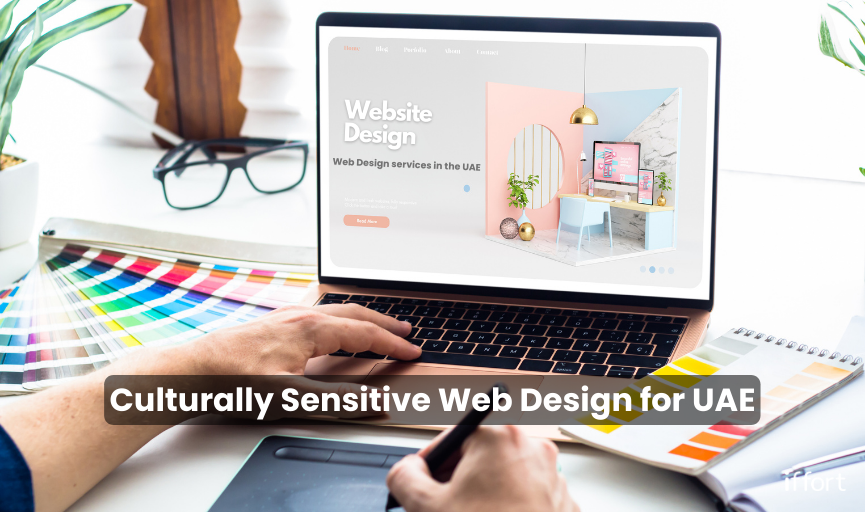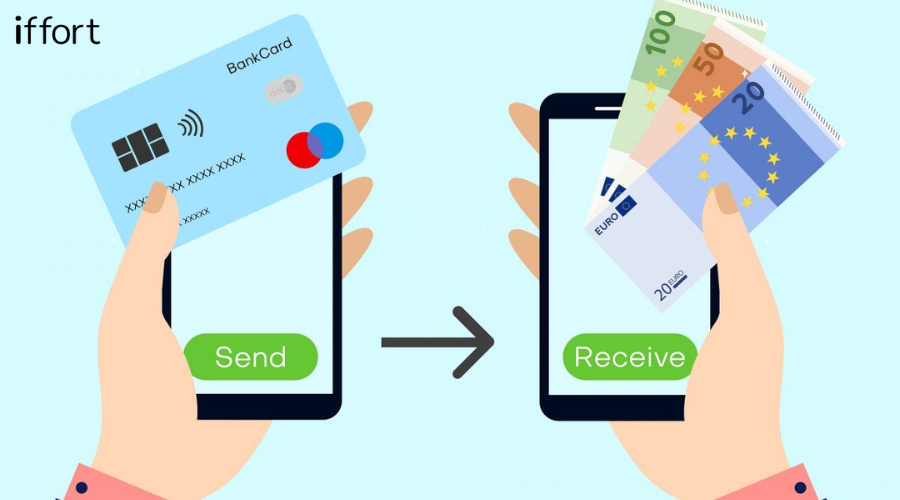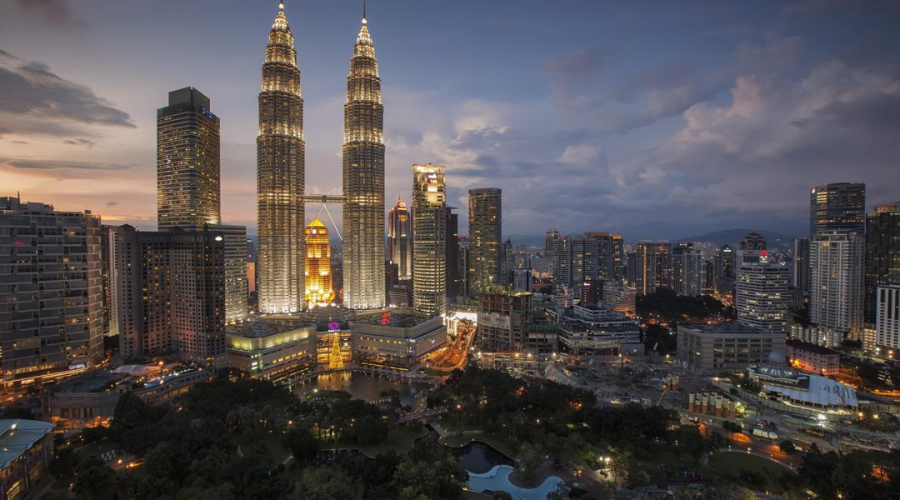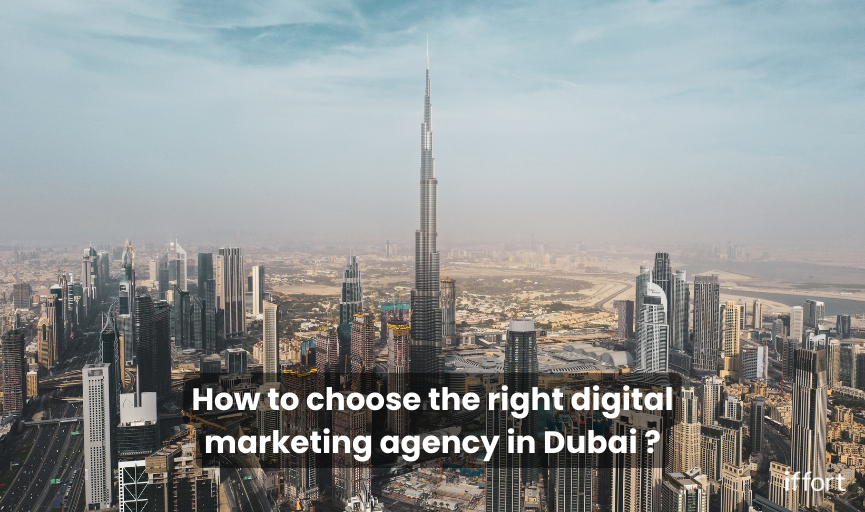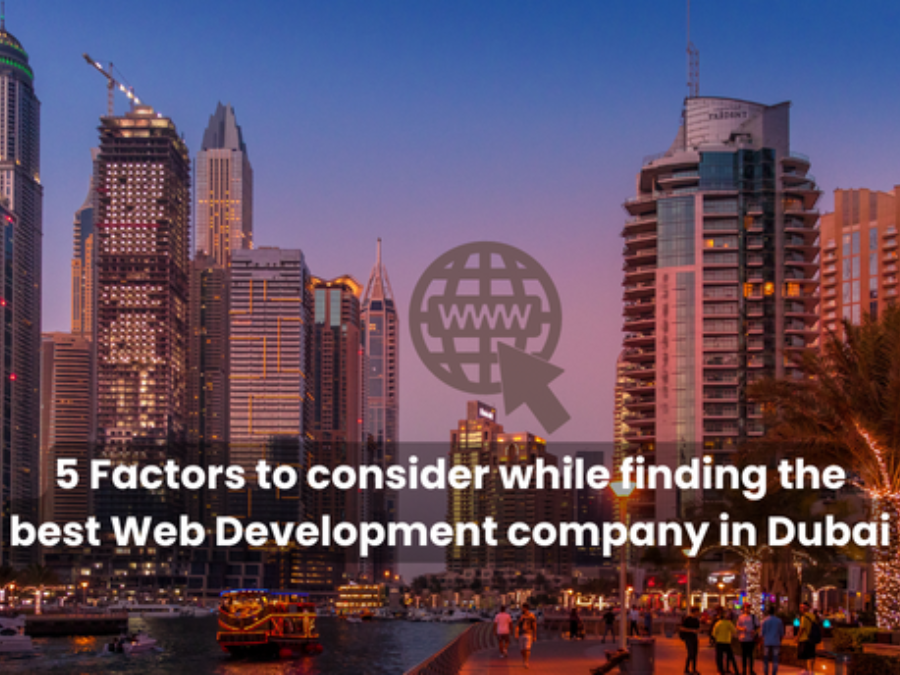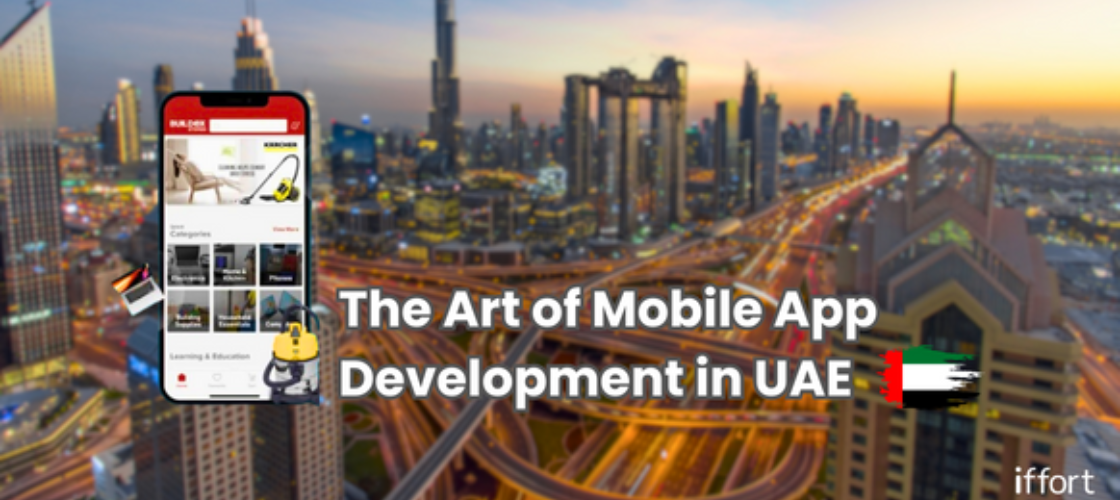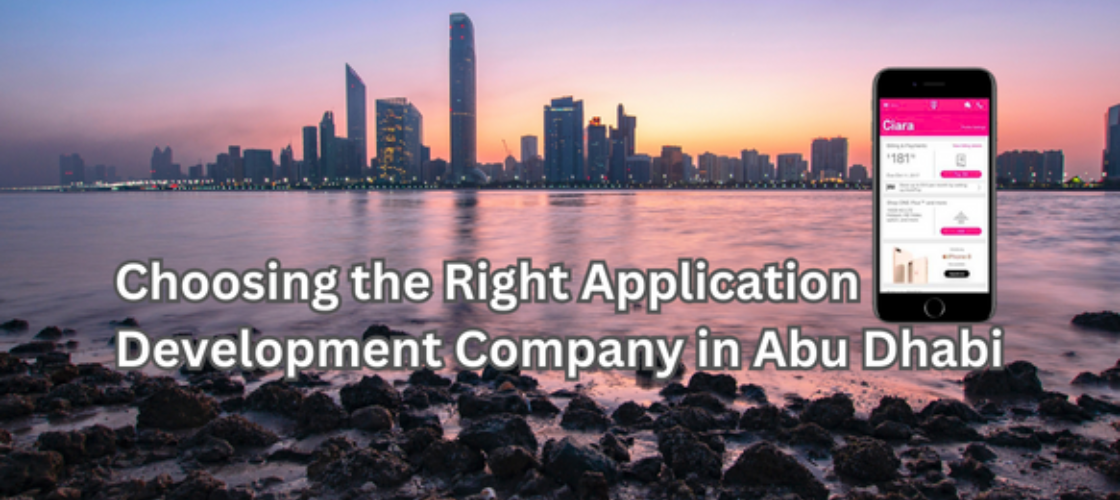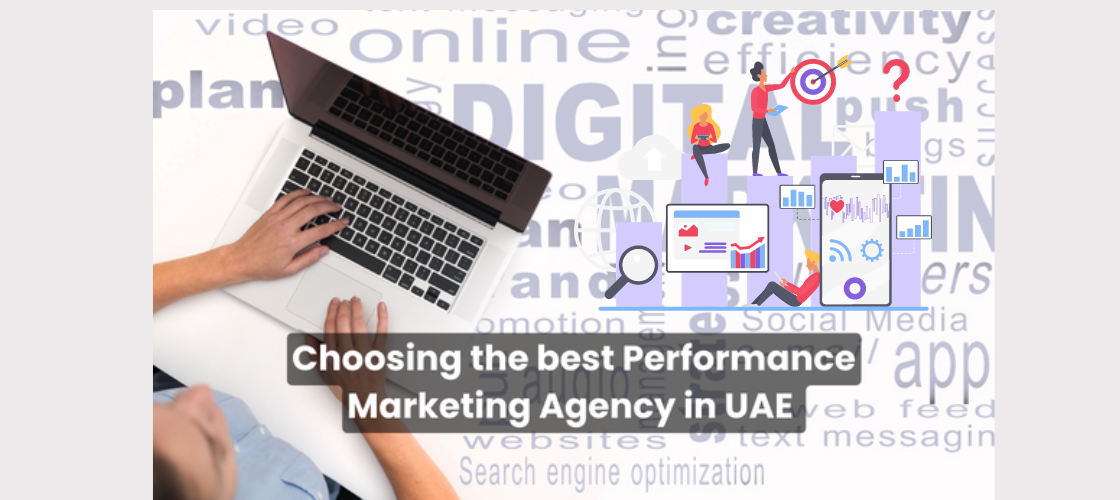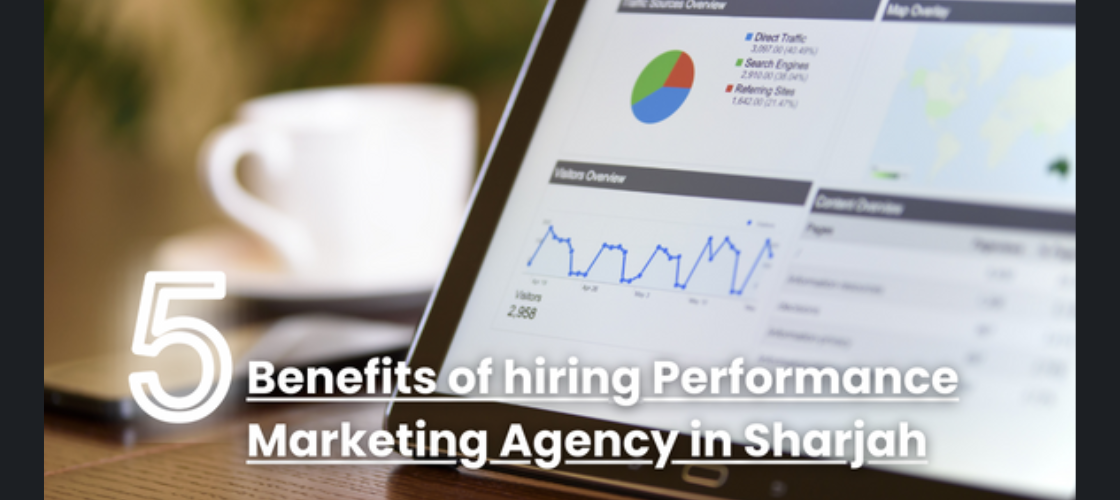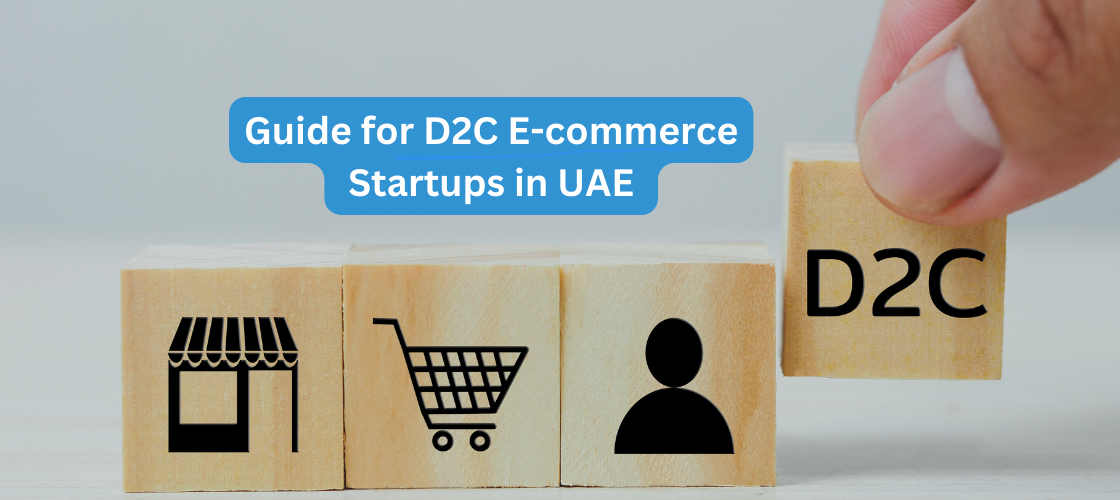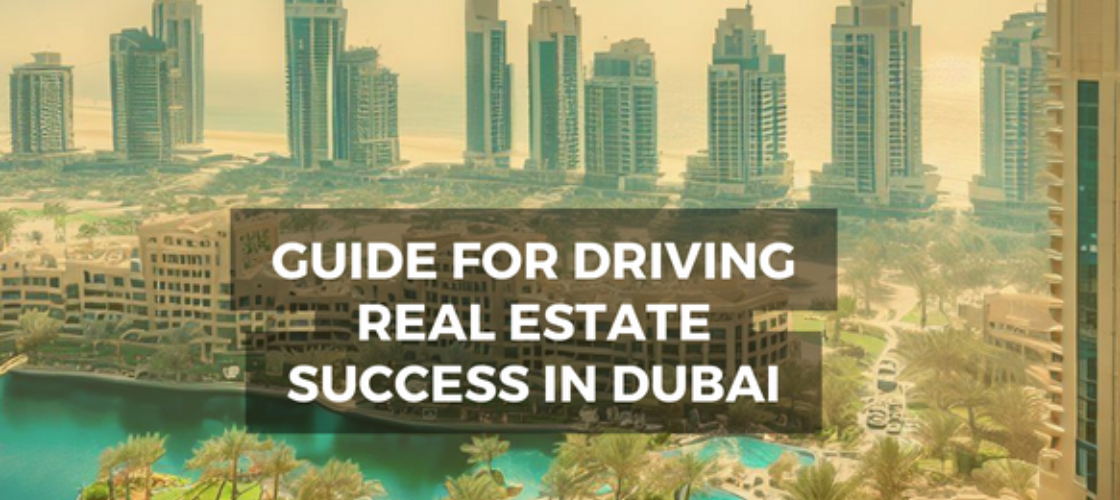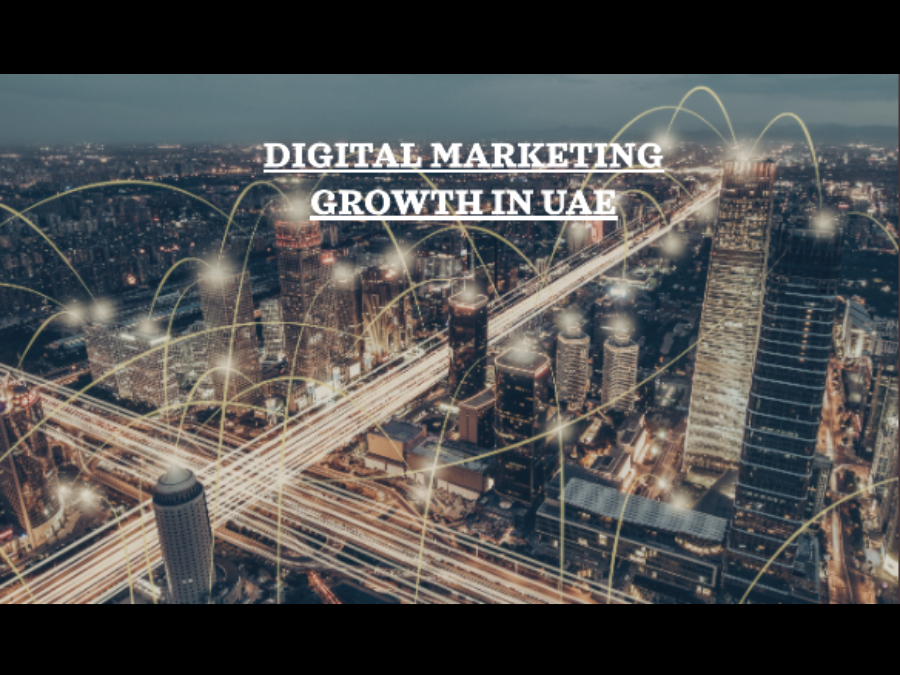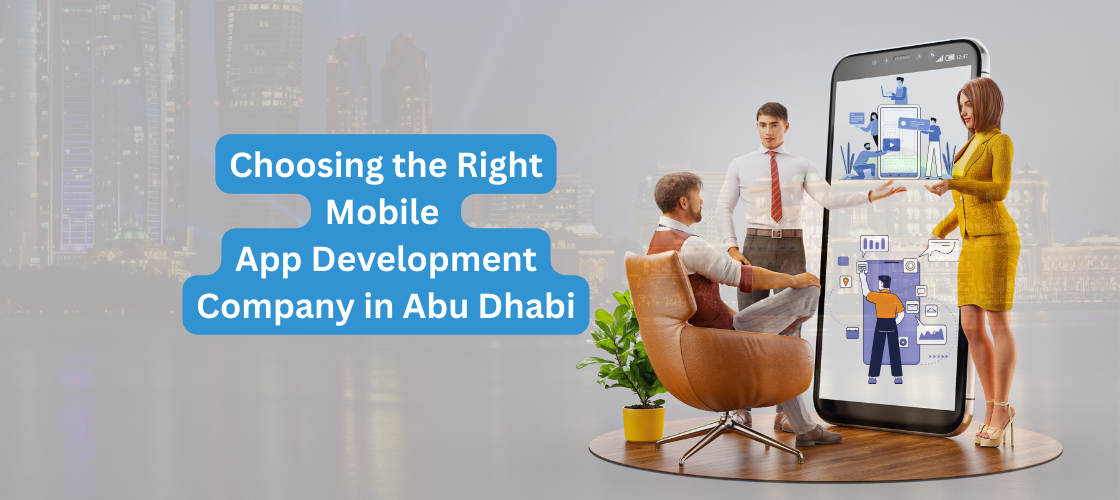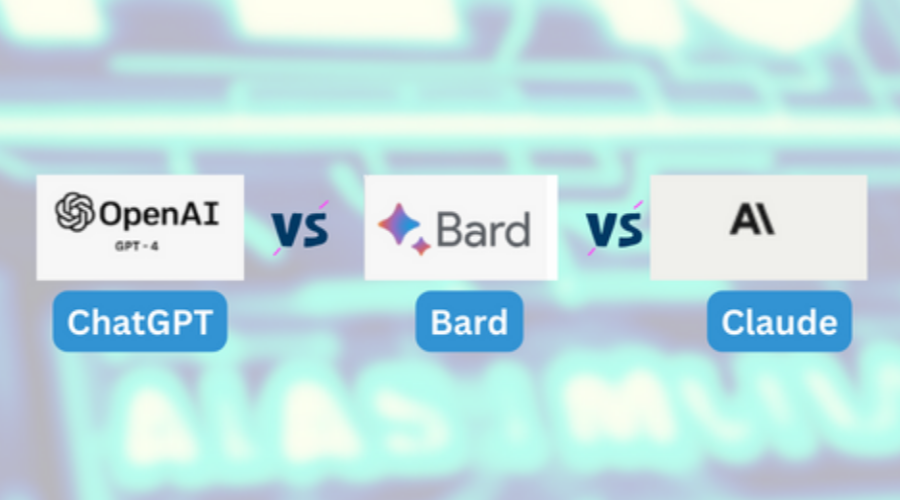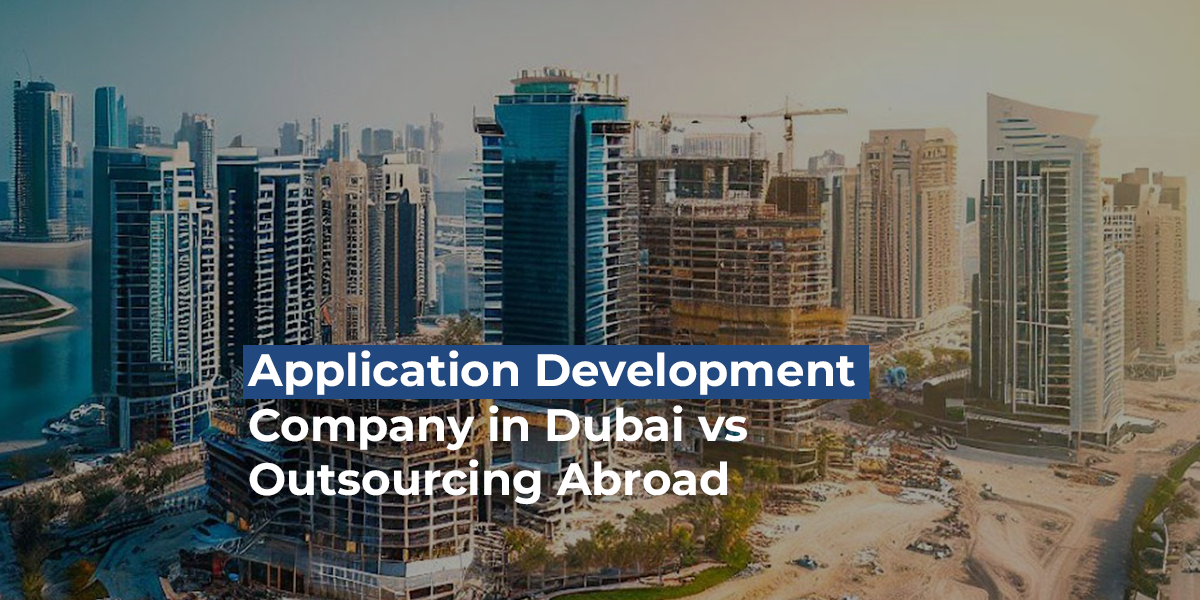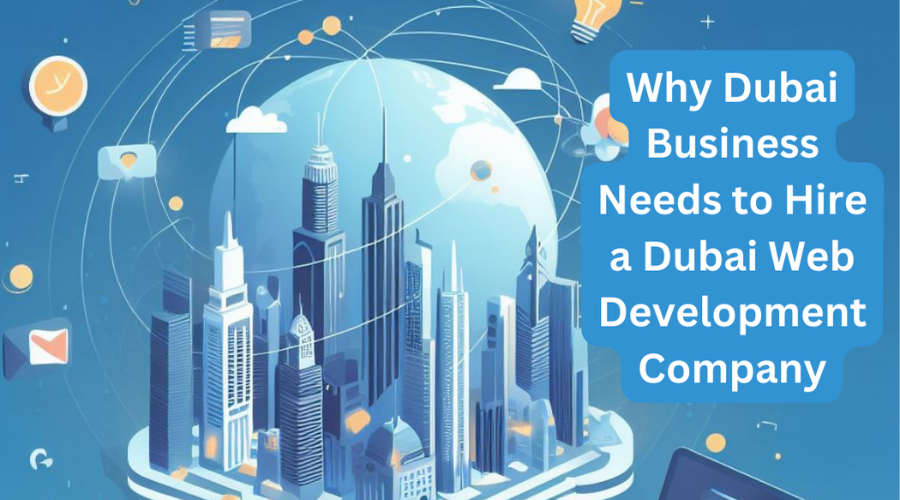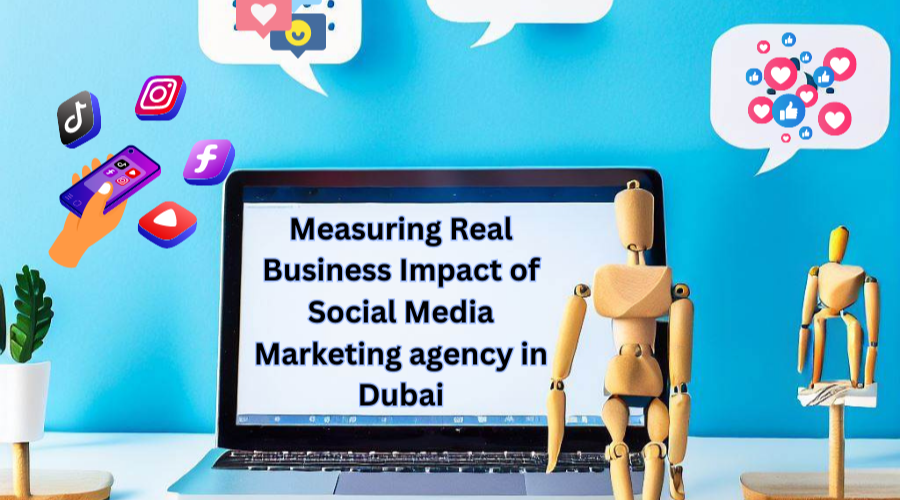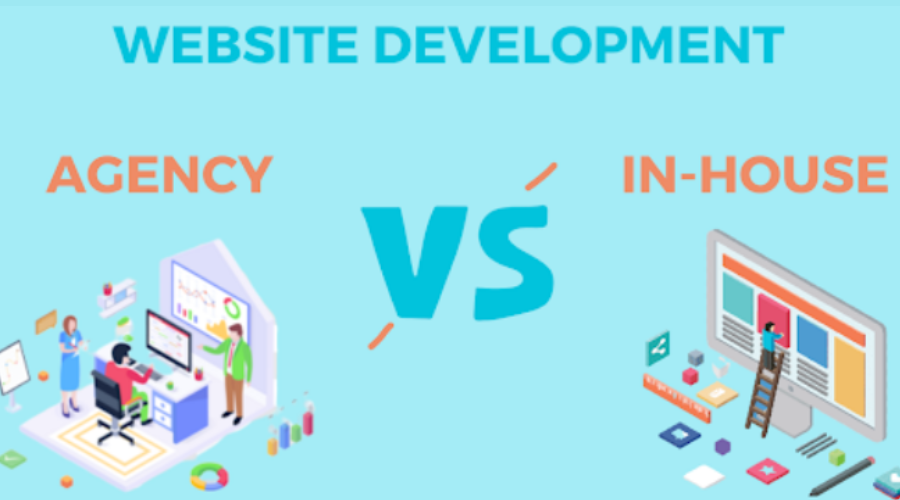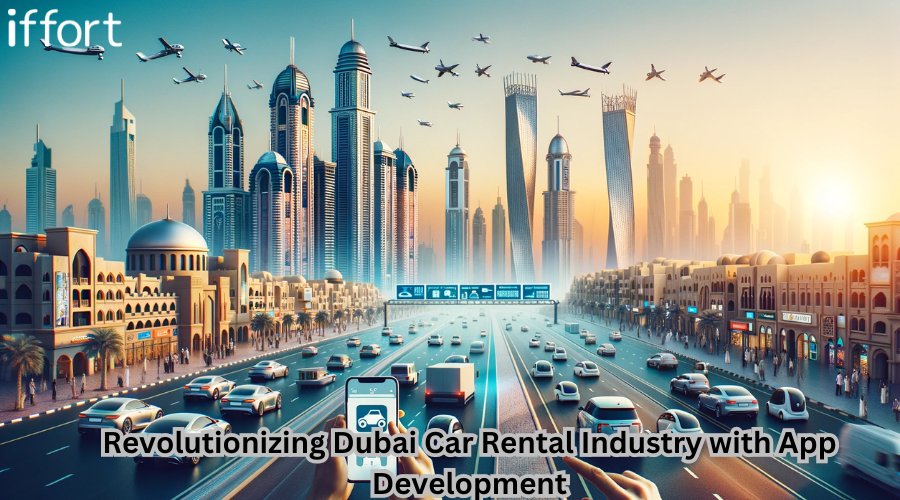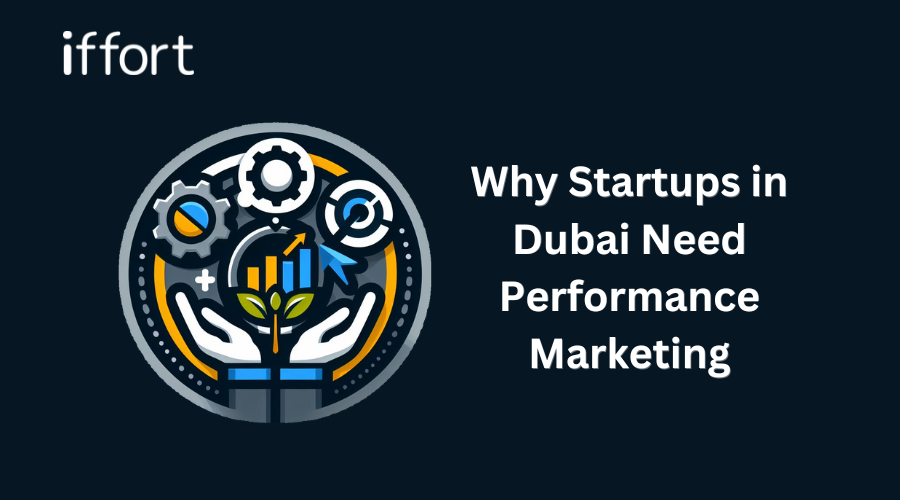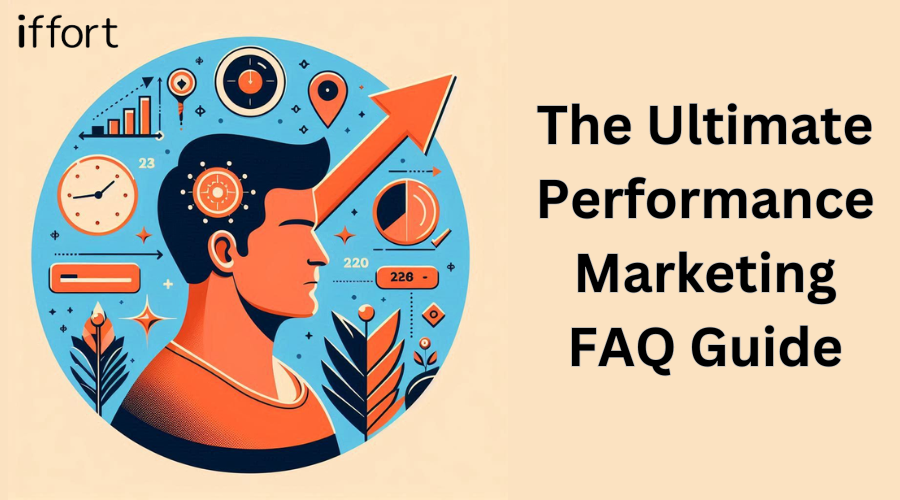- Blog
- Culturally Sensitive Web Design for UAE: Unlocking Business Potential
- Articles , UAE Articles ,
- May 10, 2023
Did you know that the UAE is one of the most diverse countries in the world, with over 200 nationalities living and working here? In such a diverse environment, businesses need to be acutely aware of the cultural nuances to ensure they cater to the unique preferences of their target audiences. Just like a skilled chef adjusts their recipes to suit the palates of different customers, businesses need to adapt their online presence to resonate with the varying tastes of the UAE’s multicultural population.
In this blog, we’ll guide you through the process of creating a culturally sensitive website that appeals to your UAE audience and promotes a positive brand image.
Understanding the UAE’s Cultural Landscape
The UAE’s multicultural population is a result of its rapid economic development, strategic location, and business-friendly policies. This diversity brings with it a wealth of opportunities for businesses to tap into different markets, but it also comes with the responsibility of understanding and respecting the cultural values of these varied audiences.
Creating a culturally sensitive website means acknowledging these differences and adjusting your online presence accordingly. By doing so, you can effectively engage with your target market, foster a sense of trust and familiarity, and ultimately drive business success in the UAE.
Best Practices for Developing a Culturally Sensitive Website
In this section, we will provide some best practices for developing a culturally sensitive website that appeals to your UAE audience and promotes a positive brand image. We will cover three main areas: Language and Communication, Design and Aesthetics, and Content and Functionality. By following these best practices, you can further refine your website to better cater to the UAE’s diverse audience and increase your chances of business success in the region.
A. Language and Communication
Offering multilingual content: For example, e-commerce websites like noon.com provide both English and Arabic language options for a seamless shopping experience. If you own a business in the UAE, ask yourself, does your website cater to the diverse linguistic needs of your audience?
Secondly, you must also ensure clear and culturally appropriate messaging. For instance, when Puma used the UAE flag’s colours in their shoes, there was a huge public outcry over the offensive approach. The question you must ask is whether there are any elements in your messaging that could inadvertently offend your target audience? Merely translating the content is not enough, you must go all out to ensure the meaning is relevant and sensitively framed.
B. Design and Aesthetics
The colours used in a website can affect how users feel and behave while using it. Different cultures may have different meanings for certain colours, so it’s essential to keep this in mind when designing for people from all around the world.
Let us imagine a hypothetical e-commerce brand “Desert Style.” Which colour combinations would best represent the brand while also respecting cultural preferences? Could the use of gold and maroon reflect opulence and still resonate with local tastes? To stay ahead in the market, it would be best to consider these factors and make a well informed decision. You must examine the brand’s personality and understand the colours chosen by competitors.
The reason gold and maroon could be a good fit for the “Desert Style” brand is because they are associated with luxury, elegance, and strength. It goes without saying it’s important to ensure that the shades and tones of these colours are culturally appropriate and resonate with the local tastes. Additionally, consider the use of these colours in combination with others to create a balanced and harmonious palette that effectively represents the brand’s personality and message.
C. Content and Functionality
Incorporating local design elements
Major hotel chains in the UAE, such as Jumeirah Group, often incorporate local architectural elements into their website designs. Think about whether your website can blend traditional and modern design to create a visually appealing experience for both local and international users.
Localising products and services
Carrefour UAE, one of the most trusted retail brands in UAE, for example, offers a wide range of products sourced from local suppliers, catering to the preferences of the UAE market. What localised products or services can you highlight on your website to attract your target audience?
Addressing cultural norms and values in website content: When creating content, consider the sensitivities surrounding topics like alcohol consumption or gender roles in the UAE. Are there any aspects of your website content that might need adjustment to better align with cultural norms?
Ensuring website accessibility and user-friendliness for diverse audiences: Many government websites in the UAE, like the Dubai Police website, offer features such as voice-over support and resizable text to cater to users with disabilities. Is your website optimised for users with varying levels of digital literacy and accessibility needs?
By considering these questions and examples, you can further refine your culturally sensitive website to better cater to the UAE’s diverse audience.
Also Read: Best Web Development Company in Dubai
Successful Examples of Culturally Sensitive Websites in the UAE
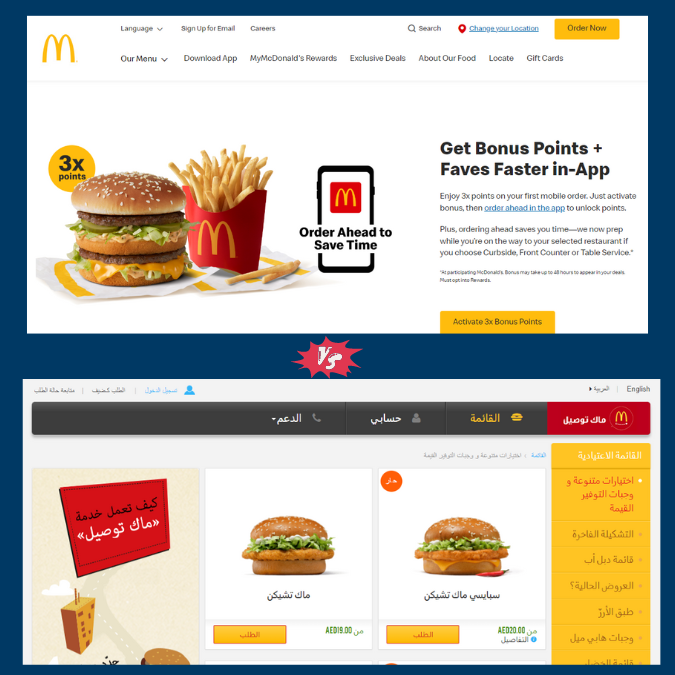
McDonalds
McDonald’s website is a perfect example of how brands tailor their website to cater to the local audience. The UAE version of the website focuses on partnerships with other brands to gain more visibility and features a carousel promoting secondary products other than burgers and fries. The website also aims to educate the audience by providing a section that explains how McDelivery works, making it easier for users to navigate the platform. The website also promotes downloading the App, as it is not as popular in the UAE compared to the USA. On the other hand, the US version of the website gamifies the experience by incentivizing users through points, customises the top navigation, and focuses on minimal content with impactful headlines.
IKEA
Inclusive imagery and adapted product range: IKEA uses diverse models in its marketing materials, including those wearing traditional Emirati clothing, and offers products that cater to Middle Eastern aesthetics.
Emphasis on local traditions and customs: IKEA provides prayer rooms in its stores and incorporates Arabic text in its catalogues.
Starbucks
Localised menu and region-specific offerings: Starbucks introduces local flavours in its menu, such as the ‘Date and Honey Frappuccino’ and the ‘Pistachio and Rose Mocha.’
Store locator with prayer facilities: Starbucks’ UAE website includes a store locator that not only helps users find the nearest Starbucks but also indicates which stores have prayer facilities available, catering to the religious needs of Muslim customers in the UAE.
Conclusion
In conclusion, understanding and embracing the cultural sensitivities of the UAE’s diverse population is crucial for businesses looking to establish a strong online presence in the region. By following the best practices outlined in this blog and drawing inspiration from successful examples like Apple, IKEA, and Starbucks, you can create a culturally sensitive website that resonates with your target audience and fosters a positive brand image.
Remember, the key to success in the UAE’s business landscape lies in acknowledging cultural differences and adapting your online presence accordingly. As you embark on the journey of developing your culturally sensitive website, be like the skilled chef who adjusts their recipes to suit the palates of different customers. In doing so, you’ll find yourself tapping into the wealth of opportunities that the UAE’s multicultural market has to offer.
If you’re seeking an experienced partner for this journey, look no further than Iffort, a leader in web development projects for over a decade. With a global footprint that spans Dubai, the UAE, and beyond, Iffort will help you realize your ambitions by creating Culturally Sensitive Web Design that resonate deeply with the Emirati audience. Begin your journey with Iffort today and seize the opportunities that await.

